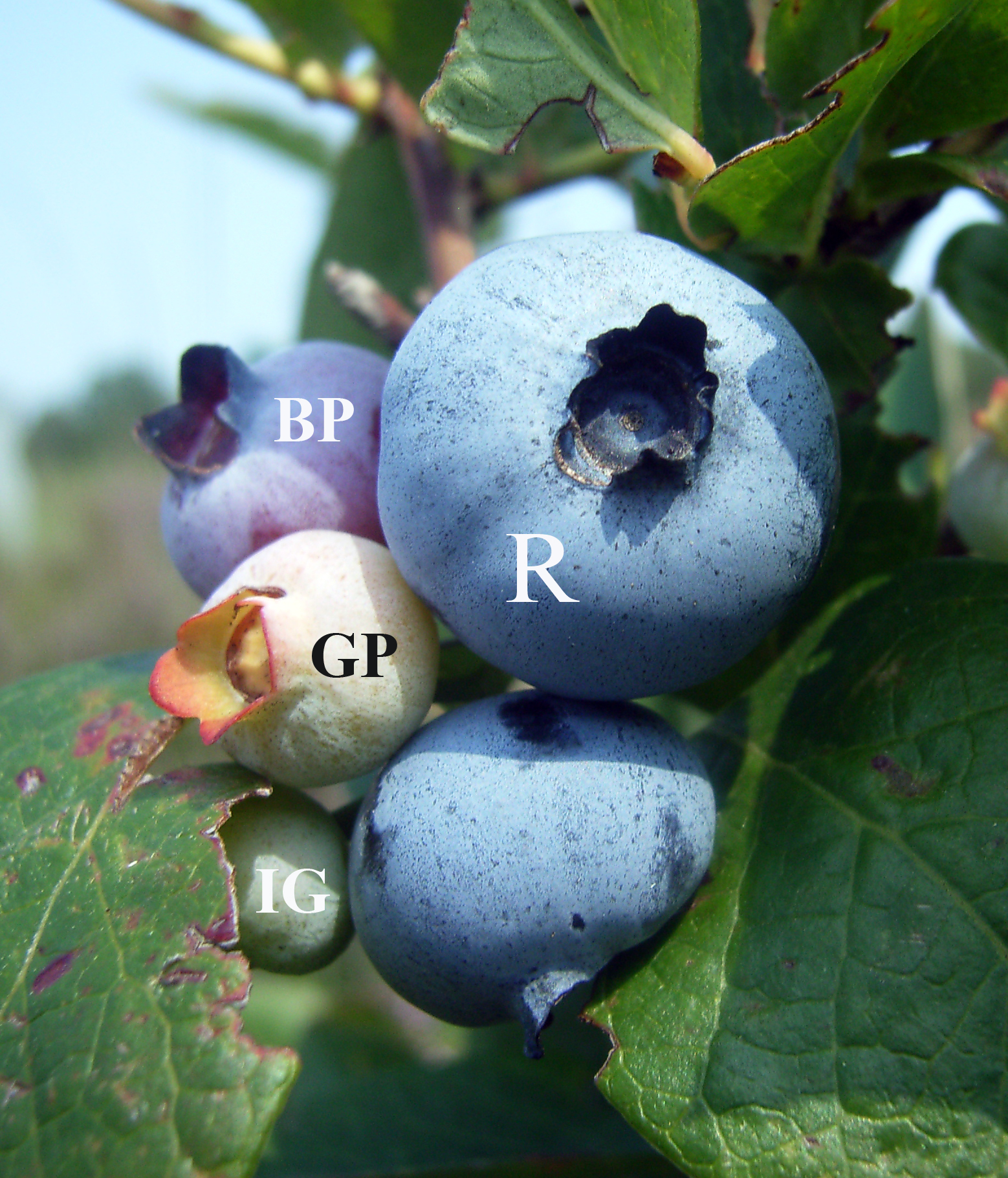|
Eagle (crater)
Eagle is a 22-metre long impact crater located on the Meridiani Planum extraterrestrial plain, situated within the Margaritifer Sinus quadrangle (MC-19) portion of the planet Mars. The Opportunity rover, ''Opportunity'' rover came to rest inside Eagle crater when it landed in 2004. Scientists were delighted that the rover landed there, as the crater contains Opportunity mission timeline#"Opportunity Ledge" outcroppings, rocky outcroppings that helped prove that Meridiani was once an ocean floor. This crater should not be confused with the other, much larger Martian crater ''Eagle (Acidalia Planitia crater), Eagle'', which was officially named by IAU's Working Group for Planetary System Nomenclature in 1976. Name The name is a triple reference: in honor of the first crewed spacecraft to land on the Moon in 1969; in honor of the launching country, the United States, whose symbol is an eagle; and in reference to the golf term ''eagle (golf), eagle'', referring to sinking a ball ... [...More Info...] [...Related Items...] OR: [Wikipedia] [Google] [Baidu] |
Eagle Crater Panorama
Eagle is the common name for the golden eagle, bald eagle, and other birds of prey in the family of the Accipitridae. Eagles belong to several groups of Genus, genera, some of which are closely related. True eagles comprise the genus ''Aquila (bird), Aquila''. Most of the 68 species of eagles are from Eurasia and Africa. Outside this area, just 14 species can be found—two in North America, nine in Central and South America, and three in Australia. Eagles are not a natural group but denote essentially any kind of bird of prey large enough to hunt sizeable (about 50 cm long or more overall) vertebrates. Etymology The word "eagle" is borrowed into English from and , both derived ultimately from ("eagle"). It is cognate with terms such as , and . It is broadly synonymous with the less common English term "erne" or "earn", deriving from , from , in which it acts as the usual word for the bird. The Old English term is turn derived from and is cognate with other synonymous ... [...More Info...] [...Related Items...] OR: [Wikipedia] [Google] [Baidu] |
Opportunity - Cratera Eagle
Opportunity may refer to: Places * Opportunity, Montana, an unincorporated community, United States * Opportunity, Nebraska, an unincorporated community, United States * Opportunity, Washington, a former census-designated place, United States * 39382 Opportunity, an asteroid Arts, entertainment, and media Music * "Opportunity" (Pete Murray song), 2006 * "Opportunity", a song by The Charlatans * "Opportunity", a song from '' Annie'' * "Opportunities (Let's Make Lots of Money)", a song by Pet Shop Boys * "Oppurtunities", by Jesper Kyd from the 2018 Indian film ''Tumbbad'' Other uses in arts, entertainment, and media * ''Opportunity'' (film), a 1918 film * '' Opportunity: A Journal of Negro Life'', a literary periodical of the Harlem Renaissance * '' The Opportunity'', a 17th-century play Finance * Opportunity International, a microfinance network that lends to the working poor * Opportunity NYC, a 2007–2012 experimental conditional cash transfer program in New York City Oth ... [...More Info...] [...Related Items...] OR: [Wikipedia] [Google] [Baidu] |
Impact Craters On Mars
__NOTOC__ This is a list of craters on Mars. Impact craters on Mars larger than exist by the hundreds of thousands, but only about one thousand of them have names. Names are assigned by the International Astronomical Union after petitioning by relevant scientists, and in general, only craters that have a significant research interest are given names. Martian craters are named after famous scientists and science fiction authors, or if less than in diameter, after towns on Earth. Craters cannot be named for living people, and names for small craters are rarely intended to commemorate a specific town. Latitude and longitude are given as planetographic coordinates with west longitude. Catalog Martian craters are listed alphabetically on the following partial lists: * List of craters on Mars: A–G * List of craters on Mars: H–N * List of craters on Mars: O–Z Names are grouped into tables for each letter of the alphabet, containing the crater's name (linked if article e ... [...More Info...] [...Related Items...] OR: [Wikipedia] [Google] [Baidu] |
Science (journal)
''Science'' is the peer review, peer-reviewed academic journal of the American Association for the Advancement of Science (AAAS) and one of the world's top academic journals. It was first published in 1880, is currently circulated weekly and has a subscriber base of around 130,000. Because institutional subscriptions and online access serve a larger audience, its estimated readership is over 400,000 people. ''Science'' is based in Washington, D.C., United States, with a second office in Cambridge, UK. Contents The major focus of the journal is publishing important original scientific research and research reviews, but ''Science'' also publishes science-related news, opinions on science policy and other matters of interest to scientists and others who are concerned with the wide implications of science and technology. Unlike most scientific journals, which focus on a specific field, ''Science'' and its rival ''Nature (journal), Nature'' cover the full range of List of academ ... [...More Info...] [...Related Items...] OR: [Wikipedia] [Google] [Baidu] |
List Of Craters On Mars
__NOTOC__ This is a list of craters on Mars. Impact craters on Mars larger than exist by the hundreds of thousands, but only about one thousand of them have names. Names are assigned by the International Astronomical Union after petitioning by relevant scientists, and in general, only craters that have a significant research interest are given names. Martian craters are named after famous scientists and science fiction authors, or if less than in diameter, after towns on Earth. Craters cannot be named for living people, and names for small craters are rarely intended to commemorate a specific town. Latitude and longitude are given as planetographic coordinates with west longitude. Catalog Martian craters are listed alphabetically on the following partial lists: * List of craters on Mars: A–G * List of craters on Mars: H–N * List of craters on Mars: O–Z Names are grouped into tables for each letter of the alphabet, containing the crater's name (linked if articl ... [...More Info...] [...Related Items...] OR: [Wikipedia] [Google] [Baidu] |
Geography Of Mars
Areography, also known as the geography of Mars, is a subfield of planetary science that entails the delineation and characterization of regions on Mars. Areography is mainly focused on what is called physical geography on Earth; that is the distribution of physical features across Mars and their cartography, cartographic representations. In April 2023, ''The New York Times'' reported an updated global map of Mars based on images from the Hope Mars Mission, ''Hope'' spacecraft. A related, but much more detailed, global Mars map was released by NASA on 16 April 2023. History The first detailed observations of Mars were from ground-based telescopes. The history of these observations are marked by the opposition (astronomy), oppositions of Mars, when the planet is closest to Earth and hence is most easily visible, which occur every couple of years. Even more notable are the perihelic oppositions of Mars which occur approximately every 16 years, and are distinguished because Mars ... [...More Info...] [...Related Items...] OR: [Wikipedia] [Google] [Baidu] |
Last Chance (Mars)
Last Chance is a layered rock outcrop found within the Margaritifer Sinus quadrangle (MC-19) region of the planet Mars, discovered by the Mars Exploration Rover ''Opportunity rover, Opportunity'' in March 2004. The rock lies within the outcrop near the rover's landing site at Meridiani Planum, Mars. Images returned show evidence for a geologic feature known as Ripple marks, ripple cross-stratification. At the base of the rock, layers can be seen dipping downward to the right. The bedding that contains these dipping layers is only one to two centimeters (0.4 to 0.8 inches) thick. In the upper right corner of the rock, layers also dip to the right, but exhibit a weak "concave-up" geometry. These two features—the thin, cross-stratified bedding combined with the possible concave geometry—suggest small ripples with sinuous crest lines. Although wind can produce ripples, they rarely have sinuous crest lines and never form steep, dipping layers at such a small scale. The most probabl ... [...More Info...] [...Related Items...] OR: [Wikipedia] [Google] [Baidu] |
El Capitan (Mars)
El Capitan is a layered rock outcrop found within the Margaritifer Sinus quadrangle (MC-19) region of the planet Mars, this geological outcrop was first discovered and observed by the Mars Exploration Rover '' Opportunity'' in February 2004. The rock outcrop was named for El Capitan, a topographical mountain lying within the state of Texas. See also *List of rocks on Mars Martian rocks and outcrops have been studied ''in-situ'' by various landers and rovers. While many of the rocks identified on the Martian surface are similar to each other, some have been considered scientifically important or otherwise notabl ... * Eagle (crater) * List of surface features of Mars imaged by ''Opportunity'' External links Nasa's Mars Exploration Program Rocks on Mars Margaritifer Sinus quadrangle {{Mars-stub ... [...More Info...] [...Related Items...] OR: [Wikipedia] [Google] [Baidu] |
Blueberries
Blueberries are a widely distributed and widespread group of perennial flowering plants with blue or purple berries. They are classified in the section ''Cyanococcus'' with the genus ''Vaccinium''. Commercial blueberries—both wild (lowbush) and cultivated (highbush)—are all native to North America. The highbush varieties were introduced into Europe during the 1930s. Blueberries are usually prostrate shrubs that can vary in size from to in height. In the commercial production of blueberries, the species with small, pea-size berries growing on low-level bushes are known as "lowbush blueberries" (synonymous with "wild"), while the species with larger berries growing on taller, cultivated bushes are known as "highbush blueberries". Canada is the leading producer of lowbush blueberries, while the United States produces some 40% of the world's supply of highbush blueberries. Description Many species of blueberries grow wild in North America, including '' Vaccinium myrtilloi ... [...More Info...] [...Related Items...] OR: [Wikipedia] [Google] [Baidu] |
Martian Spherules
Martian spherules (also known as hematite spherules, blueberries, & Martian blueberries) are small spherules (roughly spherical pebbles) that are rich in an iron oxide (grey hematite, α-Fe2O3) and are found at Meridiani Planum (a large plain on Mars) in exceedingly large numbers. These spherules were discovered on the Martian day that NASA's Mars Exploration Rover Opportunity rover, ''Opportunity'' landed at Meridiani Planum. (At NASA's Mission Control building that was January 24, 2004.) They are grey but look bluish next to the ubiquitous rusty reds on Mars, and since the first spherules found in Eagle Crater were 3–6 mm in diameter, the Opportunity rover, ''Opportunity'' team quickly called them "blueberries". Martian blueberries are either embedded or loose. That is, Martian blueberries are either embedded in the large body of sediments of Meridiani Planum, or they are loose blueberries that lie directly on outcrops of the sediments or lie on top soils spread over t ... [...More Info...] [...Related Items...] OR: [Wikipedia] [Google] [Baidu] |




